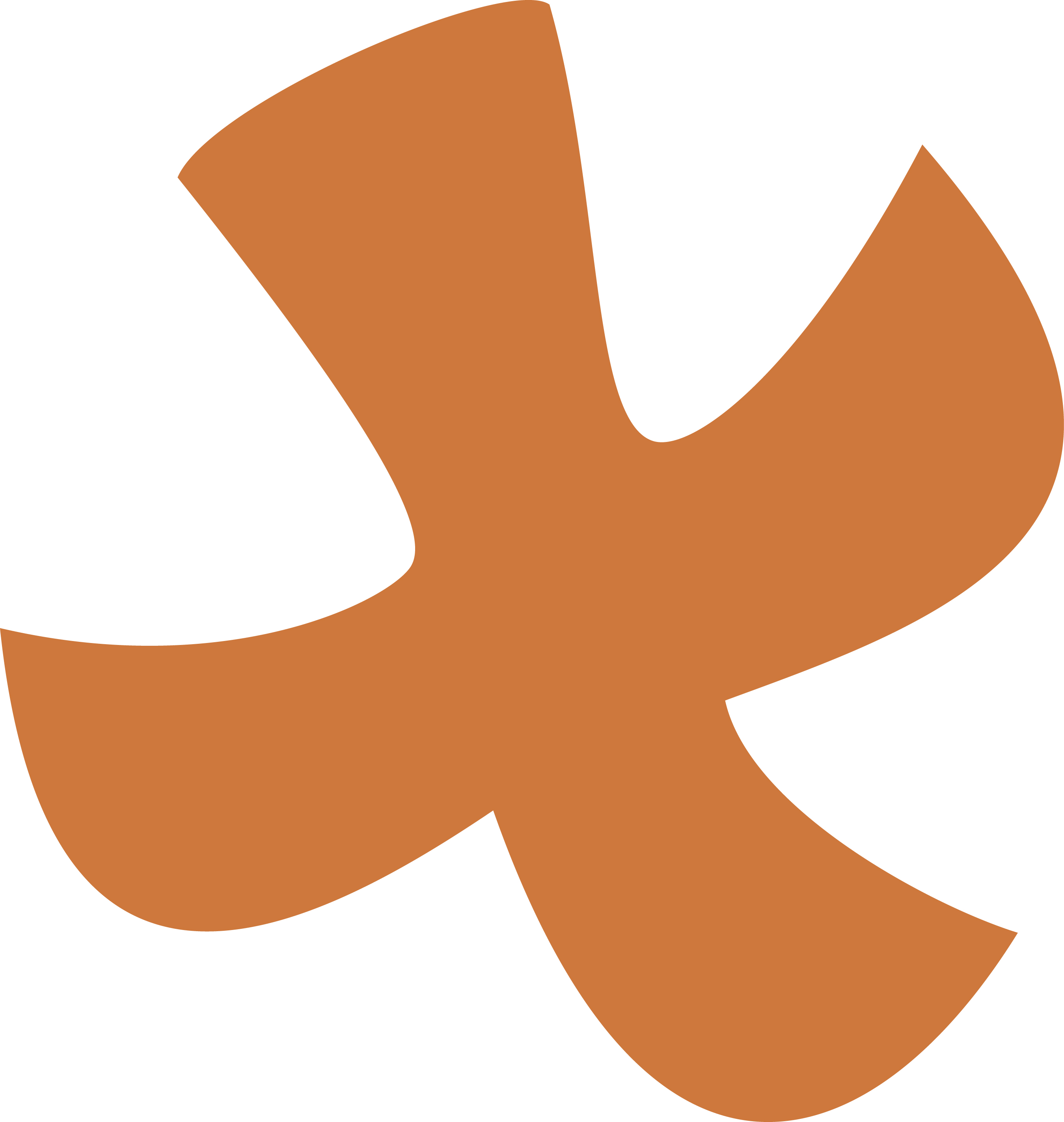
He was born in Switzerland, in 1931, in Esslingen (canton of Zurich). He studied graphic art at the Zurich School of Applied Arts. He was the first German-speaking brother and, even before his life commitment in 1957, he was sent with other brothers to live for a time in Germany.
In Taizé he developed his artistic gifts through wood engravings, paintings, collages, stained glass windows, book covers, bookmarks, posters... During the construction of the Church of Reconciliation, in 1962, he designed the large stained glass window in slabs of glass of the west facade, which had to be dismantled when it was necessary to demolish this facade to enlarge the building. When many young people began to come on pilgrimage to the hill, it was he who, in the early 1970s, thought up the dove cross so much identified with Taizé.
In 1971 he made a memorable visit with another brother to the USSR, then under communist rule, it was the first brothers’ visit through Ukraine and Russia.
The expansion of Taizé’s vocation to different continents allowed him to realize a childhood dream, to visit Indonesia, which oriented his life towards the Asian continent. In 1973-74, he spent half a year with two brothers in Calcutta with Mother Teresa. Then he returned to Indonesia and southern India before returning to Taizé.
In 1978, he reached Japan by the Trans-Siberian train and with another brother settled in the district of Miyadera, near Tokyo, where he stayed for eight years. Then in 1986 he moved to Korea: in this country marked by the division between North and South, the community had been invited by the Cardinal Archbishop of Seoul to establish a small fraternity. Brother Marc remained there for 25 years. In Japan as in Korea, he continued his creative work in dialogue with artists from the country. He created numerous stained glass windows in Catholic and Protestant churches in South Korea. He was also called in 2007 to make the stained glass windows for the cathedral of Ulan Bator in Mongolia.
He then returned to Europe, to Taizé and then to a fraternity established successively in different places in Alsace. After the European youth meeting in Basel in 2017, he was welcomed not far from this city by the community of deaconesses of Riehen. In particular, he held a notable exhibition of his recent works there. From there he made regular stays in Taizé at important moments in the life of the community.
As he advanced in years and right up until a week before his death, he had the energy to continue expressing his creativity. Even after the stroke that occurred in Taizé on Christmas Eve, he resumed his work creating cards from the words of Taizé songs or biblical texts.

 TAIZÉ
TAIZÉ